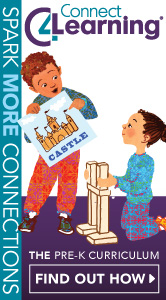Starting Civics Education Early
Anne Wilson Schaef
"How do you teach kids to be active participants in government? Or to tell the difference between real news and fake news?" asks Emily Cardinali in on online article on npr.org.
"In their last legislative sessions, 27 states considered bills or other proposals that aim to answer these questions," she explains. "Many of those proposals are rooted in popular ideas about the best ways to teach civics, including when kids should start, what they should learn and how to apply those lessons. Here's a look at some of those concepts:
Start when they're young, go into college.
Little kids know about rules.
If you explain the reasons behind the rules, they'll understand that, too. Charles Quigley, executive director of the Center for Civic Education, says children grasp these concepts as early as kindergarten. That's also a good time to introduce the idea of authority, and that people in authority should follow their own rules.
He warns against waiting until high school.
'The knee-jerk reaction to teach civics in high school is too little, too late,' he says. 'What's the dropout rate in some places? Forty percent? Some never get to that high school class.'"
Source: "How to Make Civics Education Stick," by Emily Cardinali, National Public Radio, Inc. (npr.org), Augst 14, 2018
For more information about Exchange's magazine, books, and other products pertaining to ECE, go to www.ccie.com.
|
© 2005 Child Care Information Exchange - All Rights Reserved | Contact Us | Return to Site


